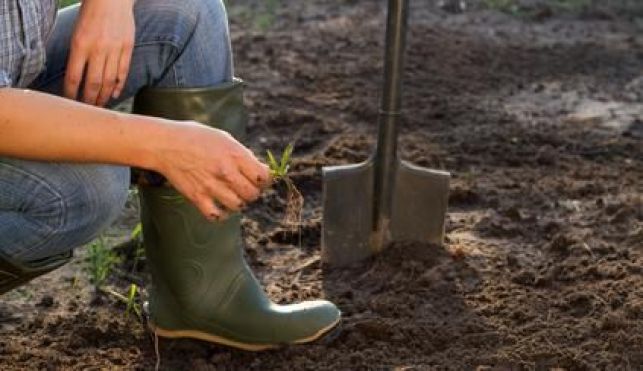In order for plants and vegetables to develop in the best conditions, the soil requires some preparation and maintenance. Ploughing is one of them, this operation allowing to aerate the soil and to favour the blossoming of the crops.

Why plow the land?
Tilling the garden is the process of turning over the soil to loosen it and prepare it for planting. The soil should be plowed at least once a year, preferably in late fall or early winter, before it becomes excessively wet.
Aeration of the soil restores the vitality of the soil and stimulates the development of micro-organisms that are conducive to plant growth. During the ploughing, the rest of the previous crops are eliminated and weeds are also removed.
In any case, the plowing should not exceed a depth of 20 to 30 centimeters. In addition, the soil needs to be enriched with potting soil and products of amendment or fertilization adapted to its nature.
How to plow the garden?
Before plowing your garden, a few preparatory steps are necessary. First of all, it is necessary to get rid of all weeds, dead wood and cumbersome branches. It is also necessary to make a clean place by removing the remaining vegetables as well as the possible stakes. Then spread natural fertilizer if possible (manure, compost, nettle manure, peat moss…) and potting soil that the soil needs.
The ploughing can then start. You can use a fork, a spade, a spade fork or an automatic spade. The head of the tool is pushed into the soil (no more than 30 centimeters) before turning it over in order to disperse the soil on the surface. It is important to follow row by row in order to plow the entire garden completely and leave nothing to chance.
As this work is rather arduous, manual plowing is suitable for small areas (not exceeding about 200 square meters). For a larger area, it is better to rent a specific device such as a rototiller.
Once the soil is well tilled, a final finishing step is required. This mainly consists of breaking up the clods of earth with a specific tool such as a rake or a claw, always going gently so as not to damage the soil. The gardener will take advantage of this to get rid of large debris and other disturbing stones.

